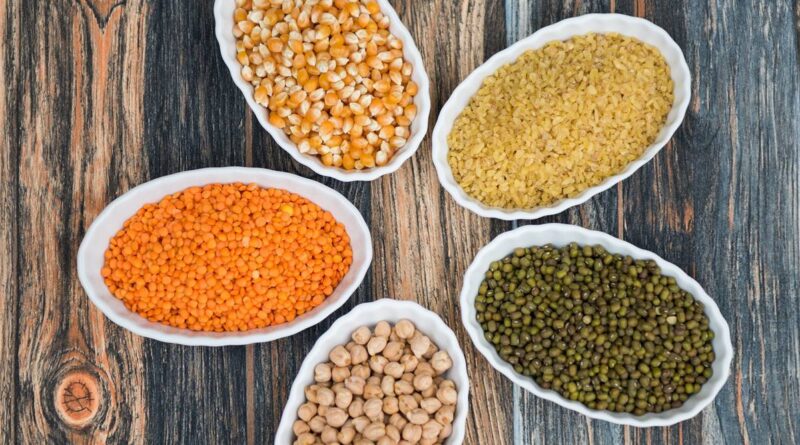Slew of steps soon to boost output of pulses, onion
By Sandip Das
After imposing stock holding limits on key pulses varieties, the government is considering several measures including increasing the sales under the branded Bharat dal, rice and atta programme and stepping up kharif pulses and onion sowing to improve domestic supplies.
The focus of the measures would be to curb the rise in prices of commodities such as pulses, rice and key vegetable in the coming months.
“With the prices of pulses and onion at elevated levels, the farmers would be encouraged to increase kharif sowing and the prospects of adequate monsoon rainfall this season augurs well,” an official told FE.
The government last week hiked the minimum support price (MSP) of kharif grown tur and urad varieties of pulses by 8% and 6.5% to Rs 7550/quintal and urad Rs 7400/quintal respectively for the forthcoming 2024-25 season.
The government has initiated registration by agencies such as cooperative Nafed and National Cooperative Consumers’ Federation of India (NCCF) of farmers well in advance for procurement of kharif crops – onion, tur and urad aimed at building the buffer stock and initiating market intervention programme, when prices fall sharply.
Advance registration the department of consumer affairs can make an assessment of crop size, which would help prepare agencies in making logistical arrangements like storage and disposal mechanisms of commodities like onion and pulses.
Against the target of building 0.5 million tonne (MT) for buffer under price stabilisation fund, the government so far has procured 71,000 tonnes of onion from farmers.
The official said pulses prices are expected to soften with the imposition of stock holding limits while, arrivals of tur dal from Africa next month and chana from Australia by October would ease supplies.
The government would continue to sell three varieties of dal – chana, moong and masoor through Bharat Dal initiatives from the buffer stocks.
Meanwhile the kharif sowing of pulses such as tur and urad has commenced in the key producing states of Maharashtra, Karnataka, Andhra Pradesh and Telangana. Inflation in tur and chana last month was 32.1% and 14.84% on year respectively.
Last month, the government removed import duty on desi chana while extending import duty exemption on yellow peas till October, which is aimed to curb the spike in chana prices. The price rise in chana has been in the double digit since October 2023.
The duty-free imports of tur, urad and masor (lentils) have been extended till March 31, 2025. Duty free import of yellow peas is extended till October. Trade sources said the government may reduce existing import duties 44% on kabuli chana, mostly from Russia.
So far, around 1.3 MT of rice and more than 1 MT of wheat has been sold by farmers’ cooperative Nafed, (NCCF), Kendriya Bhandars and other retailers under the Bharat rice and atta initiatives.
Sources said that measures to sell rice and atta at subsidised rate of Rs 29/kg and Rs 27.50/kg respectively would continue give that the government has adequate grain stock.
Officials said that because of record sales of 10 MT of wheat in the open market to bulk buyers last fiscal from the Food Corporation of India (FCI) stock,. Inflation in wheat has been relatively stable with inflation in May, 2024 was reported 6.53% on year.
“The open market sale of wheat and rice for the current year will be considered shortly,” sources said. However, despite selling subsidised rice, retail prices rose 12.28% last month.
This article has been republished from The Financial Express.

